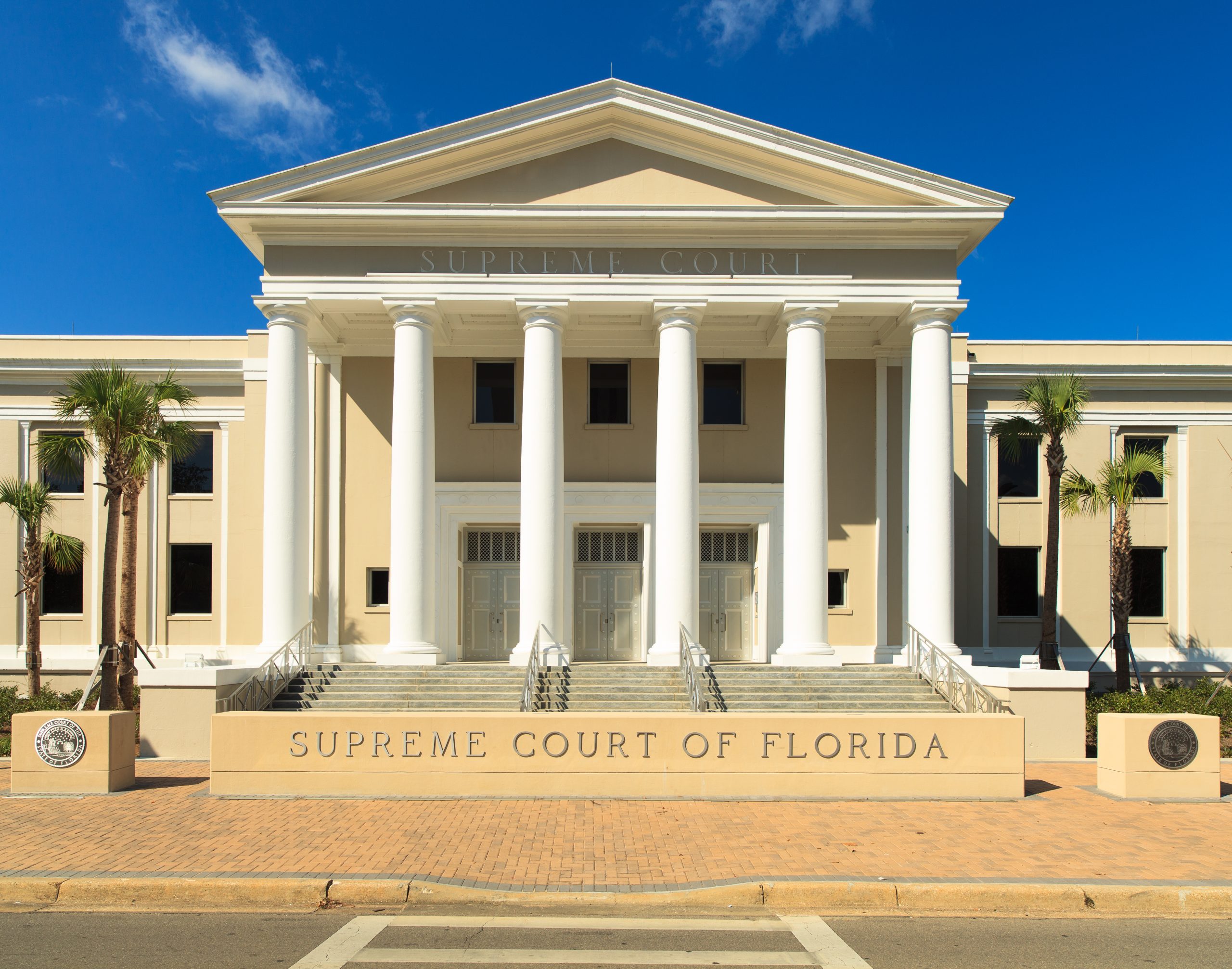Florida Limits Amount of Recovery in Mass Shootings
Florida Limits Amount of Recovery in Mass Shootings
Barnett v. State of Florida and Its Effect on Governmental Entities who Are Sued for Claims Involving a Criminal Episode with Multiple Victims
If you are a political subdivision such as a State Agency, City, County, Sheriff’s Office, School Board or other subdivision of the State, then the Florida Supreme Court’s most recent ruling applies to you: the aggregate damages cap for claims involving a single criminal episode with multiple victims is $300,000.
On September 24, 2020, the Florida Supreme Court affirmed that when multiple claims of injury are brought against the State (or its agencies or subdivisions) by multiple parties arising from one overall injury-causing event, liability is capped at $300,000 for all resulting injuries or deaths instead of each individual victim being injured or killed as a result of a separate incident or occurrence.
Section 768.28(5), Florida Statutes, Florida’s limited waiver of sovereign immunity states the following: “Neither the state nor its agencies or subdivisions shall be liable to pay a claim or a judgment by any one person which exceeds the sum of $200,000 or any claim or judgment, or portions thereof, which, when totaled with all other claims or judgments paid by the state or its agencies or subdivisions arising out of the same incident or occurrence, exceeds the sum of $300,000.”
The Supreme Court concluded that “incident or occurrence” refers to the bad actor’s crimes — the injury-causing event. This means that a mass shooting is considered a single “incident or occurrence.”
Because a mass shooting is considered a single “incident or occurrence,” the cumulative liability for the State or any of its agencies or subdivisions – School Boards, Municipalities, Counties, Sheriff’s Offices or other agencies– resulting from that incident may not exceed the aggregate cap of $300,000 Nothing contained in Section 768.28(5), Florida Statutes, or the Court’s interpretation of it, prevents a judgment from being entered against a State agency or subdivision. However, absent consent of the agency to pay a judgment or judgments up to the limits of insurance coverage, in order for a plaintiff to recover the excess judgment beyond the caps, he or she must successfully navigate the claims bill process and obtain legislative approval to recover the excess judgment. Only then may they obtain recovery for the full value of their claim.
So what does this mean in mass shooting cases? The shooting of each victim does not constitute a separate incident or occurrence. Thus, if 17 students died or were injured in a mass shooting while attending school, and each brought a negligence claim, then the applicable agency liability is capped at $300,000, as opposed to a potential $3,400,000 in exposure. This cap only applies against public, not private entities. Although this case arose from a mass shooting, it would presumably apply in other suits against State agencies or subdivisions where multiple people were injured or killed in a single criminal event.
The Supreme Court recognized the value of the lives of those injured or killed in mass shootings and the harm suffered as a result of such tragedies. However, the Court declined to let emotions dictate their decision and rejected the invitation to rewrite the limited waiver of sovereign immunity statute. Instead, the Supreme Court followed its long-standing precedent that strictly construed Florida’s limited waiver of sovereign immunity.
As such, the Supreme Court limited the amount of the recovery that the State and its agencies (in the absence of a claims bill) can be liable to pay to victims.








